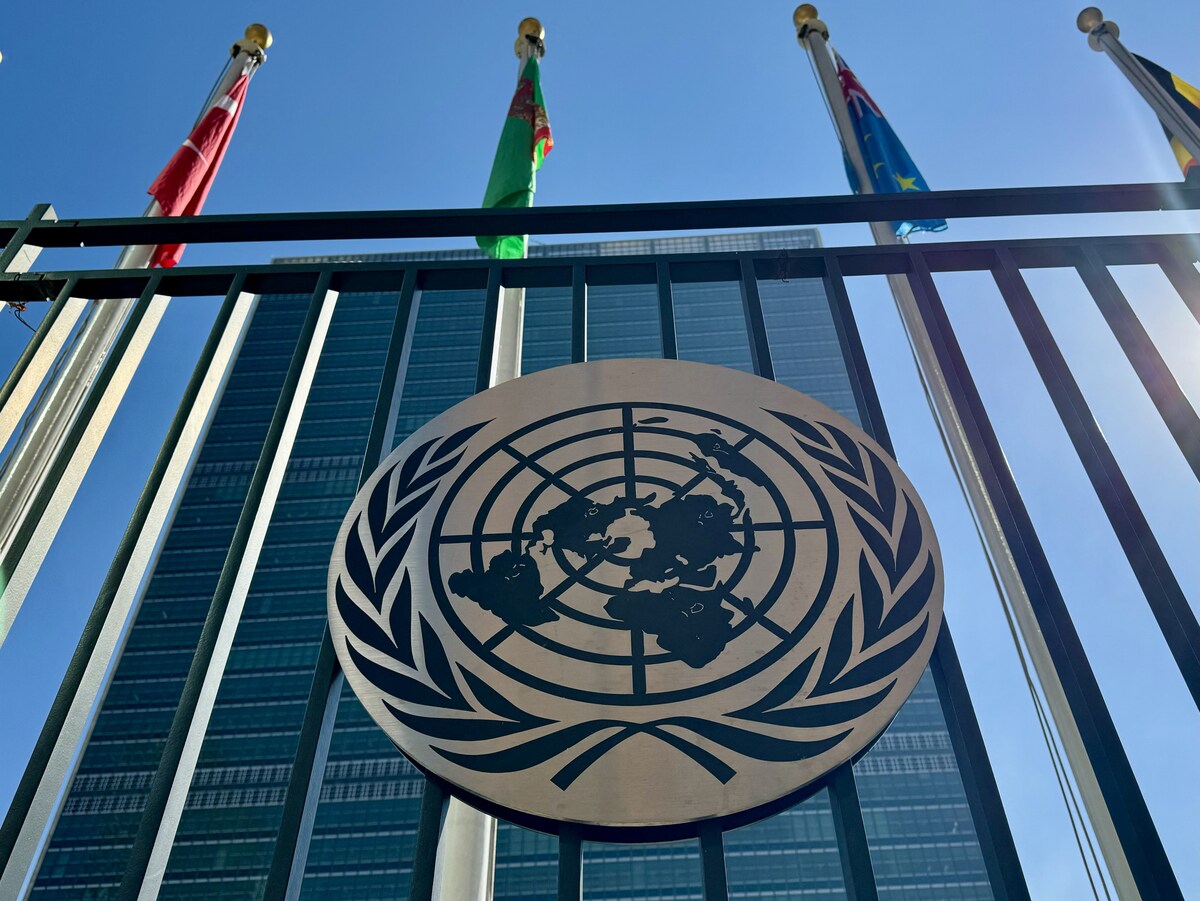Paris, France – The food and agriculture system adds at least $10 trillion in “hidden costs” to the global economy every year due to unhealthy diets, emissions and undernourishment, a UN agency said on Monday.
The Food and Agriculture Organization said it conducted an analysis in 154 countries to determine the “true” cost of the agrifood system.
The global quantified hidden costs totaled around $12.7 trillion in 2020, representing almost 10 percent of the global gross domestic product, the FAO estimated.
“The future of our agrifood systems and, indeed, of our planet hinges on our willingness to acknowledge these true costs and understand how we all contribute to them,” said FAO Director-General Qu Dongyu.
The study found that 73 percent of the hidden costs are linked to bad diets that are high in ultra-processed foods, fats and sugars, causing obesity and non-communicable diseases such as diabetes.
The FAO said the consequences include losses in labor productivity.
More than 20 percent of the hidden costs are associated with environmental issues including emissions from greenhouse gases and nitrogen, water use and changes to land use.
Low-income countries are the worst hit by these hidden costs, which account for 27 percent of their GDP compared to 11 percent for middle-income nations and less than eight percent in the wealthy ones.







